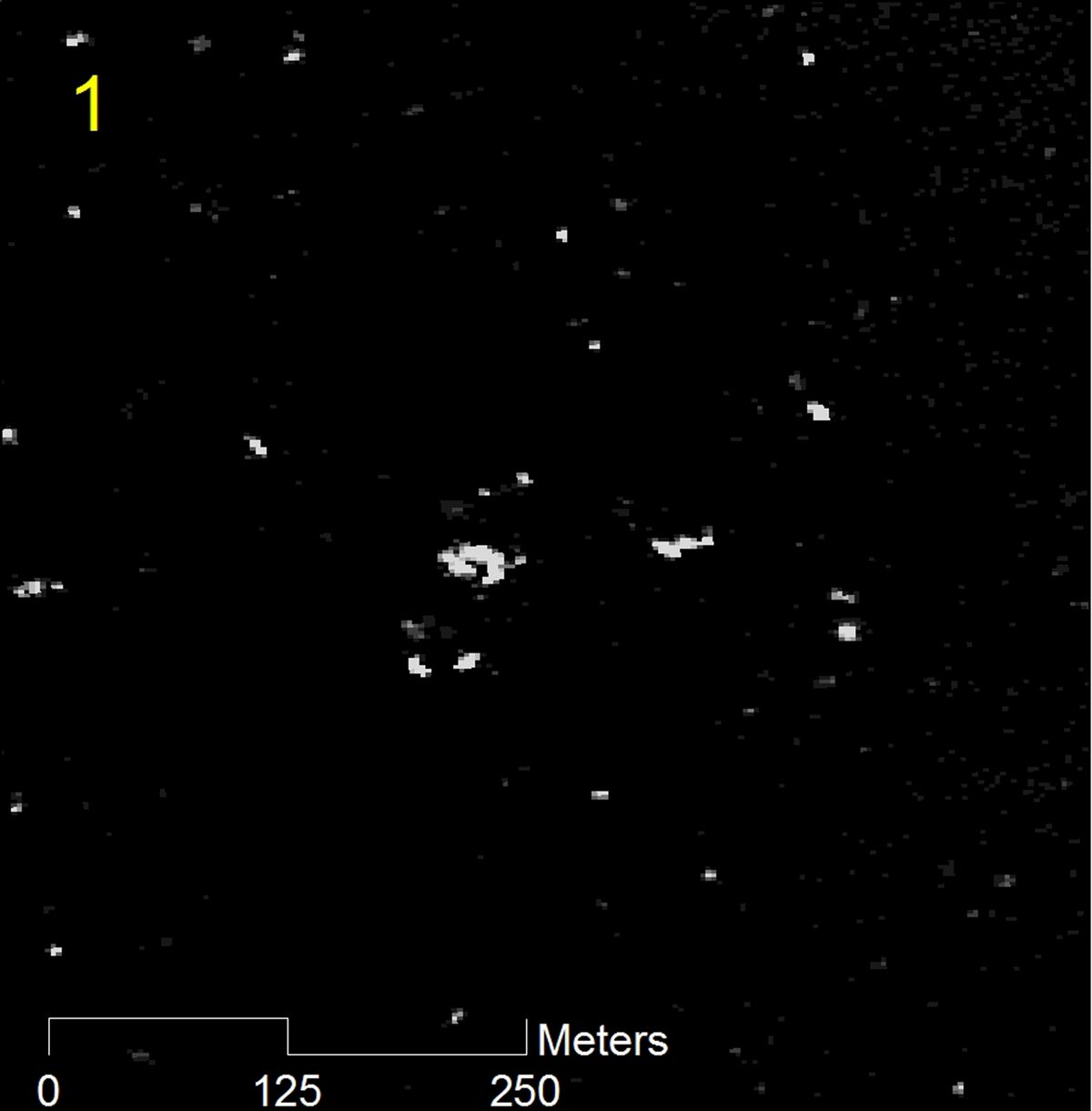The search for missing Malaysia Airlines Flight MH370 continues -- with new information and a shift in the search zone. The plane and the 239 people on board have now been missing for 20 days.
In a search already dominated by math and physics -- rather than physical evidence -- another breakthrough was made. Investigators have calculated that the plane was using more fuel and going faster than they originally thought. With this new information they were able to determine a new trajectory where the plane could have landed and adjust the search zone.
The search area has now moved a little less than 700 miles north and east, closer to Australia. Already the Royal New Zealand Air Force and Royal Australian Air Force have spotted objects in the new zone. According to the Australian Maritime Safety Authority, "Five aircraft spotted multiple objects of various colours during Friday’s search for the missing Malaysian Airlines flight MH370." The entire statement is below:
"Five aircraft spotted multiple objects of various colours during Friday’s search for the missing Malaysian Airlines flight MH370.
Search activities have now concluded. A total of 256,000 square kilometres was searched.
Photographic imagery of the objects was captured and will be assessed overnight.
The objects cannot be verified or discounted as being from MH370 until they are relocated and recovered by ships.
A Royal New Zealand Air Force (RNZAF) P3 Orion reported sighting a number of objects white or light in colour and a fishing buoy.
A Royal Australian Air Force P3 Orion relocated the objects detected by the RNZAF Orion and reported it had seen two blue/grey rectangular objects floating in the ocean.
A second RAAF P3 Orion spotted various objects of various colours in a separate part of the search area about 546 kilometres away.
A total of ten planes were tasked by AMSA in today’s search and all have now departed the search area.
AMSA has tasked Chinese Maritime Administration patrol ship, Haixun 01, which is in the search area and will be in a position to relocate the objects on Saturday.
Friday’s search area was shifted north after international air crash investigators in Malaysia provided the latest credible lead available to AMSA.
This was on the advice of the Australian Transport Safety Bureau (ATSB).
Weather conditions in the area are expected to be reasonable for searching on Saturday."
The Australian authorities are quick to point out that they cannot confirm if the objects sighted are in fact pieces of debris from Malaysia Airlines Flight MH370. Reporter Bernard Lagan, from the Times, was aboard the Royal New Zealand Air Force P3 Orian. The pilot, Wing Commander Rob Shearer, told the Times, “We’re looking for that one piece of evidence that ties objects in the water to the event, the potential accident. All we got was a lot of small contacts in the area.”
The new search zone is also in conflict with satellite images released by Japan, Thailand, Australia, France and China. Malaysian Defense Minister, and acting Minister of Transport, Hishammuddin Hussein said in a press briefing, "Because of ocean drift, this new search area could still be consistent with the potential objects identified by various satellite images over the past week." Australian authorities, however, are sticking with the new search zone. John Young, the general manager of the Australian Maritime Safety Authority, said that they had "moved on" to the new location. According to the New York Times, Young said this shift in search zone was standard as new information comes to light.
Dr. Simon Boxall, a professor at the University of Southampton, told the Guardian that he is skeptical of the new Thai images. "As someone who has analysed optical images of the oceans for many years, all but two to three of these objects are likely to be sea-foam and wave breaking," he wrote in an email. "This image was taken at a time of high winds and the pattern is consistent with hundreds I've seen over the years."
The new search area will also be a bit more hospitable in terms of conditions and weather, compared to the southern Indian Ocean. An oceanographer at the University of New South Wales, Erik van Sebille, told the New York Times, “Where they are searching now is more like a subtropical ocean. It is not nearly as bad as the southern Indian Ocean, which should make the search easier.” The downsides to this new search zone are that there is far more general debris in this area that will have to be sorted, and the currents have not been as fastidiously charted as with the previous search area.
Families of the missing passengers were briefed on the new information, but tension and frustration is still running high. According to the Straits Times families of missing Chinese passengers staged a walkout of a briefing by Malaysian officials.
[embedtweet id="449460254472818689"]
Three days ago relatives in China protested the Malaysian embassy, marching, chanting and throwing water bottles.
h/t The Guardian, New York Times, AMSA



Shares